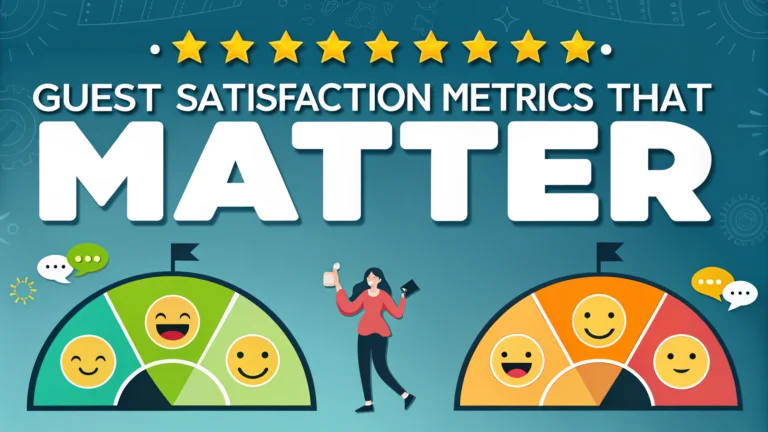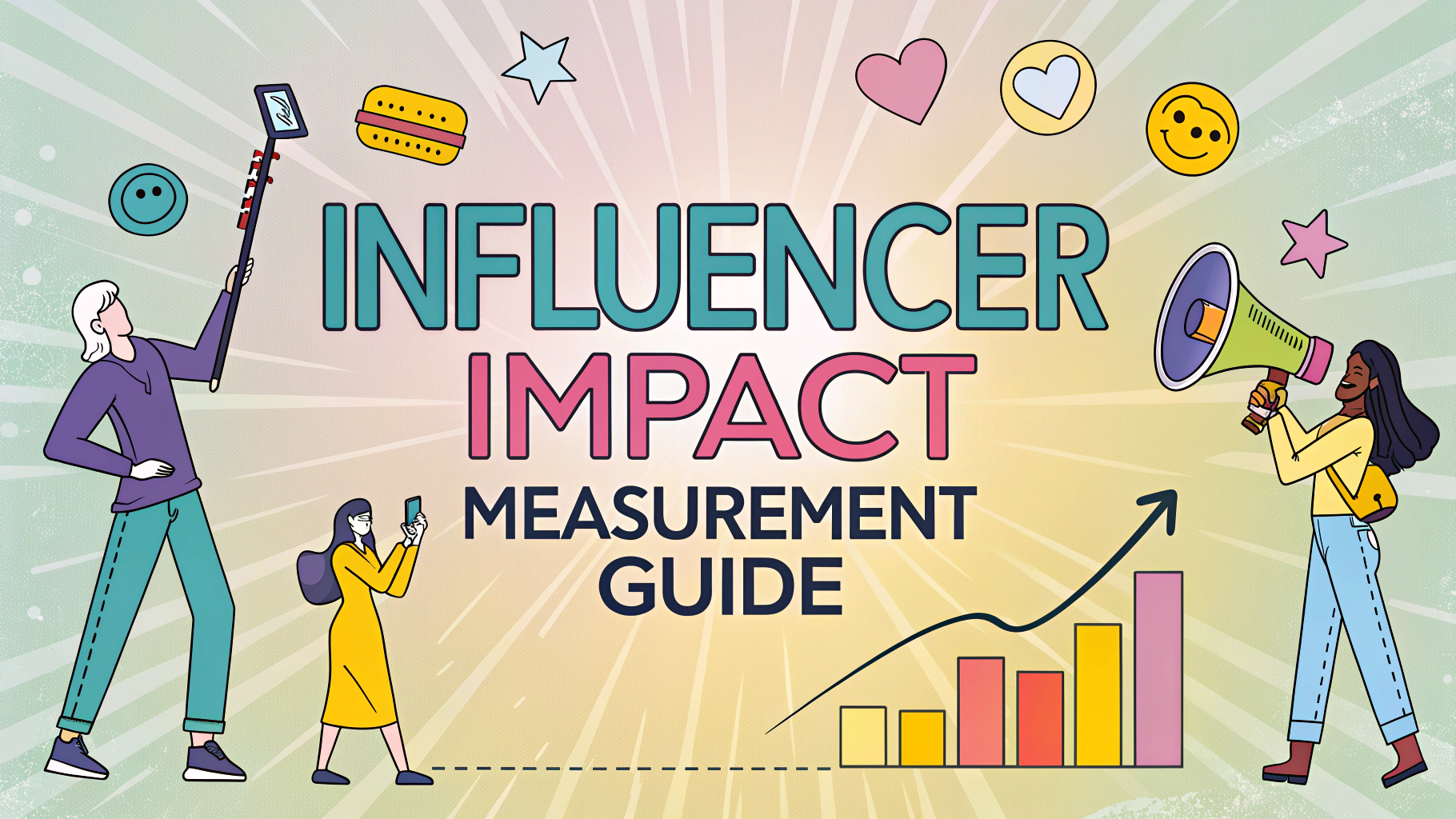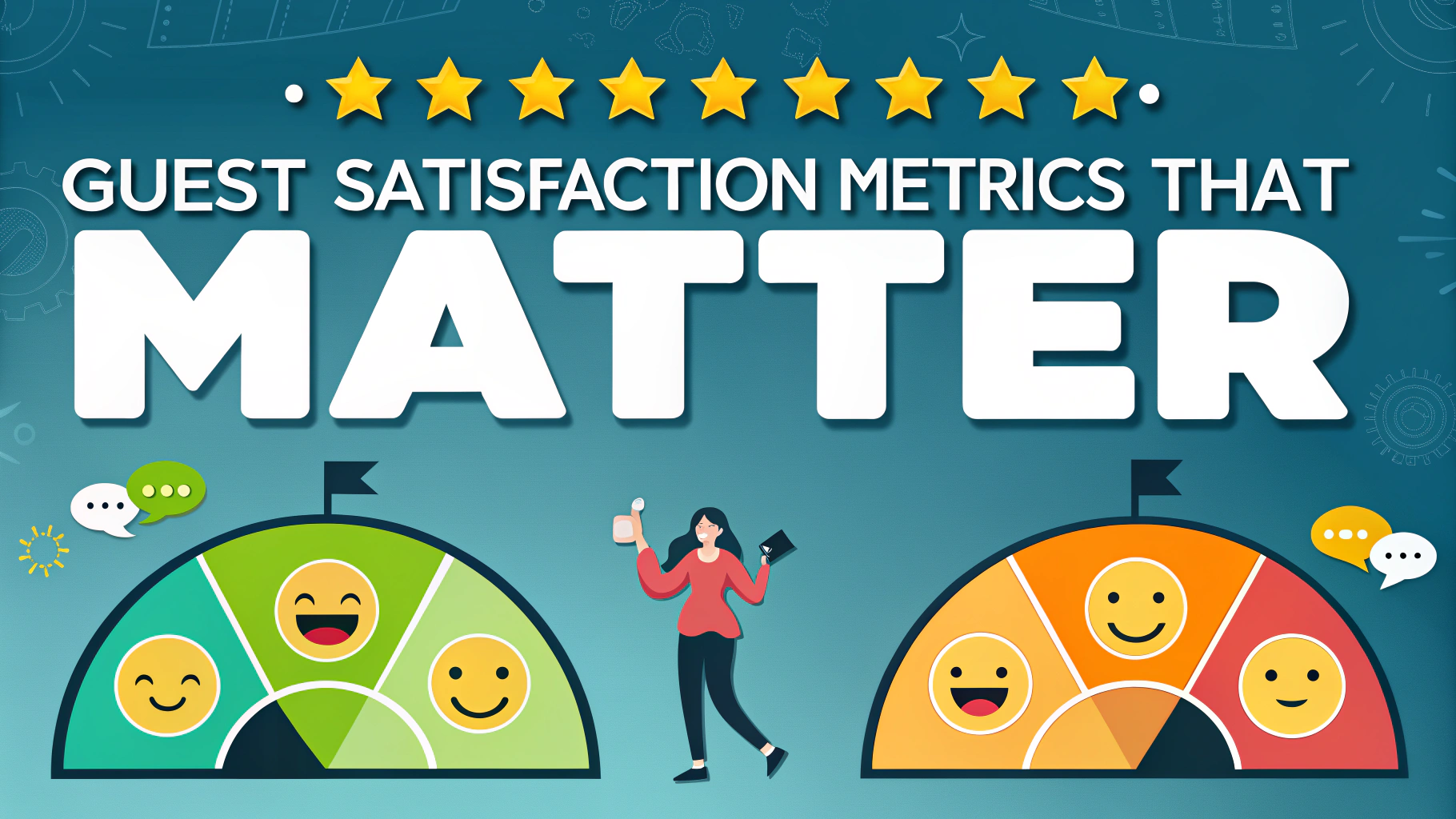Guest satisfaction directly impacts a hotel’s reputation, revenue, and long-term success in the competitive hospitality industry.
Measuring guest satisfaction goes beyond simple star ratings – it requires a systematic approach to collecting, analyzing, and acting on guest feedback across multiple touchpoints.
This quick guide explores the key metrics hotels should track to understand and improve guest experiences, along with practical methods for gathering and utilizing this valuable data.
Essential Guest Satisfaction Metrics
- Net Promoter Score (NPS) – Measures likelihood of guests recommending your hotel
- Overall Satisfaction Score – Typically rated on a 1-5 or 1-10 scale
- Department-Specific Ratings – Front desk, housekeeping, F&B, etc.
- Problem Resolution Rate – Percentage of issues successfully addressed
- Review Sentiment Analysis – Positive vs negative mentions in online reviews
Data Collection Methods
- Post-Stay Surveys
- Email surveys within 24-48 hours after checkout
- Mobile-friendly format with clear rating scales
- Mix of multiple choice and open-ended questions
- Online Review Monitoring
- TripAdvisor, Booking.com, Google Reviews
- Regular response to both positive and negative reviews
- Tracking trends in feedback themes
Real-Time Feedback Tools
Install touchscreen kiosks at key service points for immediate guest input.
Use QR codes in rooms linking to quick feedback forms.
Implement chat systems for instant problem reporting and resolution.
Analysis and Action Steps
| Metric | Target | Action if Below Target |
|---|---|---|
| NPS | >50 | Staff training, service improvement programs |
| Overall Satisfaction | >4.5/5 | Department audits, guest journey mapping |
| Problem Resolution | >95% | Review response protocols, staff empowerment |
Technology Solutions
Implement guest feedback management software like ReviewPro or TrustYou.
Use automated survey tools such as SurveyMonkey or Typeform for consistent data collection.
Integrate CRM systems to track guest preferences and history.
Staff Training and Engagement
- Regular review of guest feedback with department heads
- Recognition programs for staff mentioned positively in reviews
- Training sessions based on common guest complaints
- Clear protocols for handling guest issues
Benchmarking and Reporting
Compare metrics against industry standards using STR Global or similar services.
Create monthly reports tracking key satisfaction indicators over time.
Share success stories and areas for improvement with all staff levels.
Moving Forward with Guest Feedback
Set up a regular review cycle for all guest satisfaction metrics and adjust strategies accordingly.
Maintain a database of guest feedback and actions taken for continuous improvement.
Consider implementing a guest advisory board for deeper insights into service improvements.
Continuous Improvement Strategies
- Regular Service Audits
- Monthly mystery guest evaluations
- Departmental performance reviews
- Service standard compliance checks
- Competitive Analysis
- Monitor competitor ratings and reviews
- Identify service gaps and opportunities
- Benchmark pricing against satisfaction levels
Innovation in Guest Experience
Implement AI-powered sentiment analysis tools for deeper feedback insights.
Develop personalized guest experience programs based on collected data.
Create mobile apps for seamless guest communication and feedback.
Digital Integration Points
- Smart room technology feedback
- Mobile check-in/out experience ratings
- Digital concierge service reviews
Long-Term Success Through Guest Satisfaction
Transform guest feedback into actionable insights that drive continuous improvement.
Build a culture of service excellence through data-driven decision making.
Maintain focus on both immediate guest satisfaction and long-term loyalty building.
- Regular review and updating of feedback systems
- Investment in staff development based on guest insights
- Commitment to transparent communication with guests
- Integration of feedback into strategic planning
FAQs
1. What are the key guest satisfaction metrics hotels should track?
Net Promoter Score (NPS), Overall Satisfaction Score (OSAT), Guest Effort Score (GES), and Department-specific ratings are the primary metrics hotels must monitor.
2. How often should hotels collect guest satisfaction data?
Hotels should collect feedback continuously through post-stay surveys, real-time feedback tablets, and online review monitoring, with formal analysis conducted at least monthly.
3. What is a good Net Promoter Score (NPS) for hotels?
A good NPS score for hotels typically ranges between 30-50, with luxury properties often aiming for scores above 50. Any score above 0 is considered positive, while scores above 70 are exceptional.
4. How can hotels effectively measure guest satisfaction during their stay?
Hotels can use in-room tablets, mobile apps, QR code feedback forms, front desk check-ins, and strategically placed feedback kiosks throughout the property.
5. What role do online reviews play in guest satisfaction metrics?
Online reviews contribute to the overall Guest Satisfaction Index (GSI) and serve as public indicators of hotel performance, influencing booking decisions and requiring consistent monitoring across platforms like TripAdvisor, Booking.com, and Google Reviews.
6. How should hotels respond to negative guest satisfaction scores?
Hotels should respond within 24-48 hours, personally address specific issues, offer concrete solutions, document the complaint for training purposes, and follow up with the guest about implemented improvements.
7. What are the most important touchpoints for measuring guest satisfaction?
Check-in experience, room cleanliness, staff responsiveness, food and beverage quality, amenities functionality, WiFi performance, and check-out process are critical touchpoints for measurement.
8. How does guest satisfaction impact hotel revenue?
A 1% increase in guest satisfaction can lead to a 1.42% increase in RevPAR (Revenue Per Available Room), while satisfied guests are 40% more likely to return and spend 140% more than dissatisfied guests.
9. What is the correlation between employee satisfaction and guest satisfaction?
Hotels with high employee satisfaction scores typically see 10-20% higher guest satisfaction ratings, as engaged employees deliver better service and create more positive guest experiences.
10. How can hotels benchmark their guest satisfaction against competitors?
Hotels can use industry benchmarking tools like ReviewPro’s Global Review Index, STR reports, and competitive set analysis through major OTAs and review platforms.
11. What technology solutions are essential for tracking guest satisfaction?
Customer Relationship Management (CRM) systems, survey tools, reputation management software, and guest experience platforms are essential for comprehensive satisfaction tracking.







